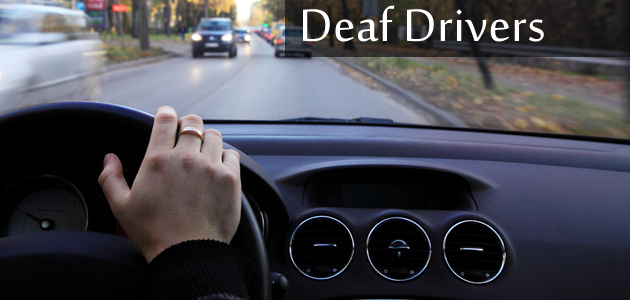

Those who can afford them often purchase items from pharmacies, private clinics, or workshops. People may be left to rely on erratic donations or charity services, which often means the products are of low quality or inappropriate for the person’s needs. Even in high-income countries, assistive products are often rationed or not included within health and welfare schemes, leading to high out-of-pocket payments by users and their families. Very few countries globally have developed a national assistive technology policy or programme and so provide assistive products through the private sector. These gaps exist for a number of reasons including high cost and a lack of financing, availability, awareness and trained personnel.Ĭhallenges exist both in low- and high-income countries. Globally, there is an unmet need for 200 million people requiring assistive products for low vision 75 million in need of a wheelchair and over 400 million in need of assistive products for hearing such as hearing aids. Addressing this unmet need is essential to progress towards the achievement of the Sustainable Development Goals and realizing the Convention of the Rights of Persons with Disabilities.ĭespite a growing number of people in need of assistive products in every country, only 5–15%, or one in 10 people, have access to assistive products. Moreover, access to appropriate assistive products can have a tremendous impact on community development and economic growth.ĭespite the global need and recognized benefits of assistive products, access to assistive products remains limited. They can also reduce the need and impact on carers and mitigate the need for formal health and support services.

While supporting independence and well-being, these products can also help to prevent or reduce the effects of secondary health conditions, such as lower limb amputation in people with diabetes. While anyone may need an assistive product at some time in their life, they are most often required by adult and children with disability, older people and people with chronic health conditions such as diabetes and dementia.Įxamples of assistive products include hearing aids, wheelchairs, spectacles, prostheses and devices that support memory, among many others. One billion people need assistive products today and more than two billion people around the world are expected to need at least one assistive product by 2030. They enable people to live healthy, productive, independent and dignified lives, and to participate in education, the labour market and civic life. The primary purpose of assistive products is to maintain or improve an individual’s functioning and independence, thereby promoting their well-being. Assistive technology enables and promotes inclusion and participation, especially of persons with disability, aging populations, and people with non-communicable diseases.


 0 kommentar(er)
0 kommentar(er)
